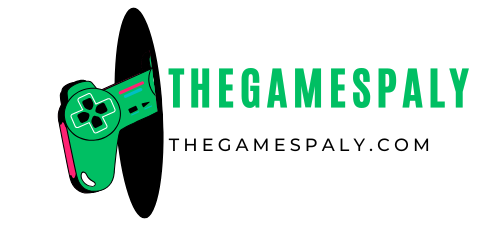Introduction
When you’re working with different ingredients or liquids, making sure you’re measuring correctly is super important. Whether you’re cooking a meal, conducting experiments in a lab, or even just checking how much drink you have, converting measurements to milliliters is a key skill. In this simple guide, we’ll take a look at how to convert various units into milliliters. Let’s dive into the world of measurements!
Table of Contents
What Are Units?
Before we start converting to milliliters, it’s good to know what units are. Units are fixed amounts used to measure things like length, weight, or volume. There are many different units, from meters to gallons, each with its specific purpose.
Why Milliliters Matter
Now, let’s focus on milliliters, the main unit we’re talking about. A milliliter (mL) is just one-thousandth of a liter. It’s mostly used to measure liquids, so whether you’re pouring a drink or measuring medicine, milliliters are what you need for accurate amounts.
Common Units and How to Convert Them to Milliliters
Cups
Cups are frequently used in recipes and for measuring in cooking. To convert cups into milliliters, remember that 1 cup is roughly 236.588 milliliters. Here’s the formula to do this:
Milliliters = Cups × 236.588
This way, you can easily convert cups to milliliters.
Ounces
Ounces are another common volume unit, especially in cooking and science. To convert ounces to milliliters, know that 1 fluid ounce is equal to about 29.5735 milliliters. The formula is:
Milliliters = Ounces × 29.5735
This formula helps you quickly change ounces into milliliters.
Liters
Liters are bigger units, commonly used for larger amounts of liquids like beverages. Converting liters to milliliters is simple because 1 liter is equal to 1000 milliliters. You can use this formula:
Milliliters = Liters × 1000
Now, it’s easy to convert liters to milliliters.
Gallons
Gallons are mostly used in the U.S. and some other countries for larger liquid measurements. To convert gallons to milliliters, remember that 1 gallon equals about 3785.41 milliliters. Use this formula:
Milliliters = Gallons × 3785.41
Using Conversion Tools
While learning how to do conversions by hand is helpful, it can take up a lot of time. Fortunately, there are many online tools that can make the job easier. Simply enter the unit and amount you want to convert, and the tool will give you the result in milliliters instantly.
Conclusion
To sum up, knowing how to convert units to milliliters is essential for precision in cooking, science, or even in daily life. Whether you’re a cooking enthusiast, a science lover, or someone who likes accurate measurements, mastering these conversions is a useful skill. With the formulas you’ve learned and the help of online conversion tools, you’ll be able to handle any measurements with ease. Now, you’re all set to start converting to milliliters and get those measurements just right!
FAQs
How many units are in a milliliter?
The number of units in a milliliter can differ depending on the substance being measured. For instance, when referring to medications, “units” typically represent the strength or potency of an ingredient, not a fixed volume. To determine how many units are in a milliliter, you would need to check the concentration or dosage information specific to the substance or medication you’re using.
What is 20 units in mL?
To convert 20 units into milliliters, the concentration of the substance must be known. The number of milliliters that corresponds to 20 units will depend on how concentrated the substance is. Each solution or medication may have a different concentration, so it’s essential to consult the product label or a medical professional to find out how to convert units into milliliters accurately.
What is units per mL?
Units per milliliter (units/mL) is a way to express the concentration of a substance in liquid form, often used in medicine or science. This measurement indicates how much of a particular substance (in terms of units) is present in each milliliter of the solution. To calculate units per milliliter, simply divide the total number of units in the solution by the volume in milliliters. This helps to determine the concentration, which is critical for correct dosing and usage.

